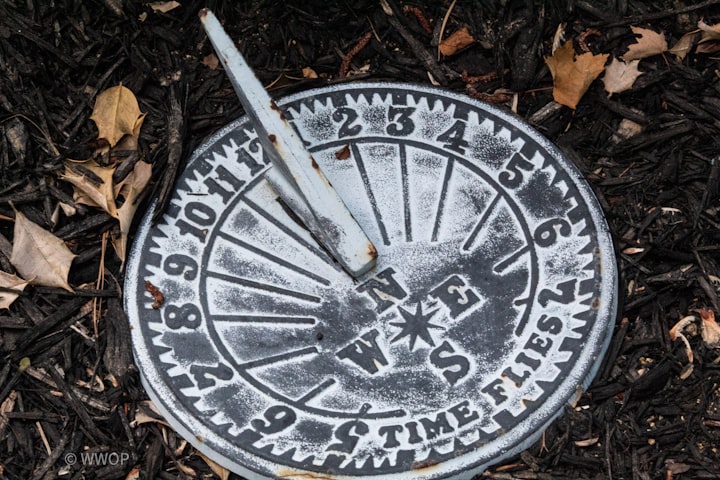Voodoo in New Orleans
How Voodoo Came to Louisiana
When you hear the word "Voodoo", do you picture a witch doctor in a loin cloth wearing a headdress and a bone in his nose? Or maybe someone dressed in colorful robes chanting and killing chickens while performing black magic? These are the images brought to you by movies, television and fiction books. And Voodoo has nothing to do with walking dead people or zombies.
African slaves brought their religion of Voodoo with them when they were brought to North America. They were not allowed to practice their religion and their owners forced them to accept Christianity, usually Catholicism. The slaves mixed their Voodoo beliefs with Catholic saints and rituals.
The Haitian Revolution in 1791 was a big influence to the creation of New Orleans Voodoo. Many slaves from Haiti, Cuba and South America fled to Louisiana and combined their practices.
Voodoo is not black magic, devil worship or cannibalism, but not all Voodoo is helpful. The malevolent form is called Hoodoo. There are many different versions of Voodoo.
One name that is associated with New Orleans Voodoo is Marie Laveau. She was born Marie Catherine Leveau in 1801, the daughter of Charles Laveau and Marguerite Darcantel in what is now the French Quarter of New Orleans. She married Jacques Paris in 1819. After his disappearance a few years later she referred to herself as "the Widow Paris" even though there was never any proof that he was dead.
After Paris' disappearance Marie became a hairdresser to support herself and her children. Her clients were servants to wealthy white women that would talk to Marie about their employers. As some of the white women also became clients of Marie, they would talk about their marriages and personal problems. She would eventually use this information when they came to her for advice.
Marie Laveau studied with Dr. John Bayou, also known as Bayou John. He was a slave from Senegal brought to Cuba. He became a free man and eventually moved to New Orleans. He was known as an excellent healer and led the Voodoo practitioners in performing the rituals and ceremonies. Marie learned quickly under Dr. John and excelled at the craft and became the number one practitioner of Voodoo, earning her the title of Voodoo Queen.
In 1826 Marie began a 30 year relationship with Louis de Glapion. They never married. They had several children, three of which died as infants. Glapion died in 1855.
New Orleans Voodoo consisted of herbal medicines, and gris-gris ( small cloth bags or amulets filled with ground herbs and other powders) to ward off evil and bring good luck. They could also bring bad luck to others.
As the Queen of Voodoo, Laveau led rituals at her home on St. Ann Street, at Congo Square, and Lake Ponchartrain. At home she consulted with her clients. In her back yard she held ceremonies calling up the spirit of Dam-ballah Wedo, the god of Voodoo, who would appear as a snake.
At Congo Square, a park set aside for African slaves and free blacks, She would join her followers for worship and dancing on Sundays.
Bayou St. John's at Lake Ponchartrain was the place for major ceremonies for all practitioners. Here they sang, danced and beat drums, and spirit possession would occur.
Marie Laveau died in 1881 at seventy-nine years of age. She was entombed in the St. Louis Cemetery #1. She had two daughters still living at the time of her death.
One daughter, Marie Laveau Glapion, known as Marie Laveau II, studied under her mother and became her mother's successor as the leading practitioner of Voodoo.
A plaque at Laveau's tomb: "This Greek Revival Tomb is reputed burial place of this notorious "Voodoo Queen." A mystic cult, voodooism, of African origin, was brought to this city from Santa Domingue and flourished in the nineteenth century. Marie Laveau was the most widely known of many practitioners of the cult."
Much of the information about Marie Laveau including dates, names, and numbers of children are conflicting among various sources. There is so much information that was not recorded or has been lost through the years that it is difficult to differentiate truth from fiction.






Comments
There are no comments for this story
Be the first to respond and start the conversation.